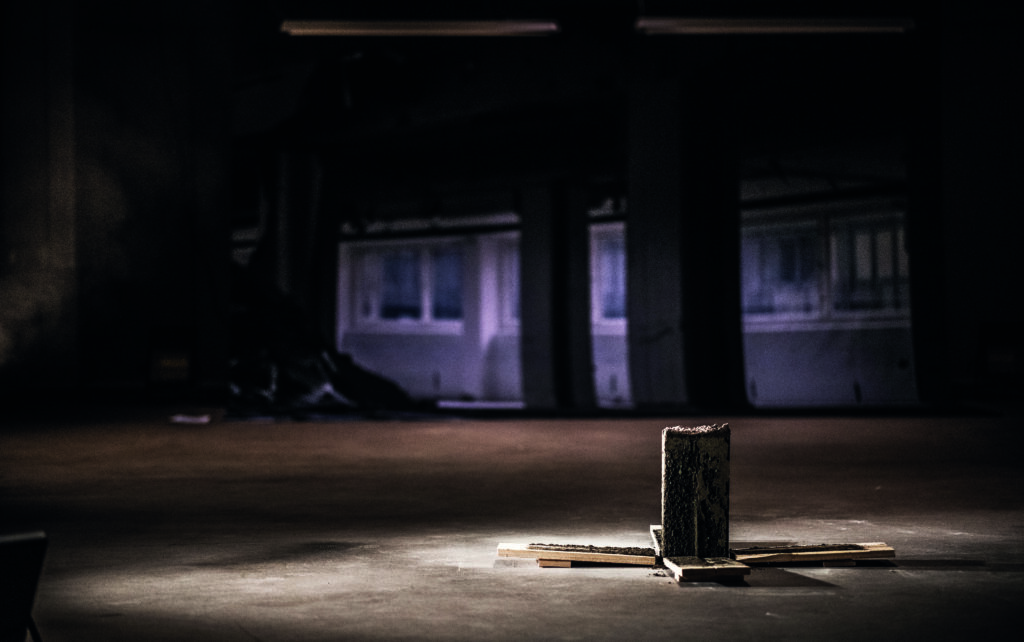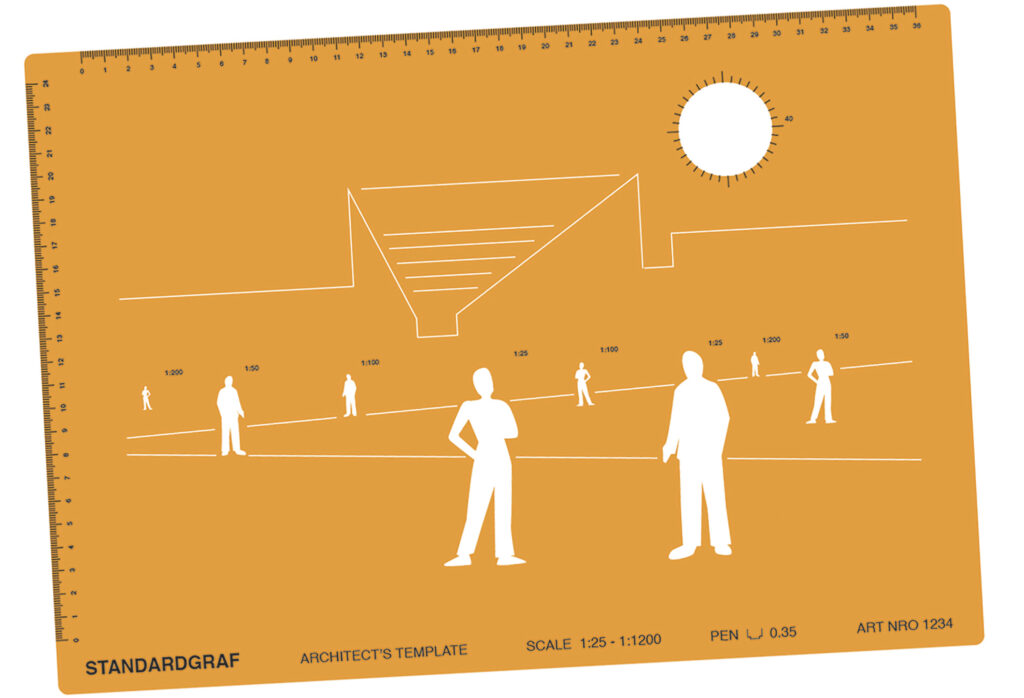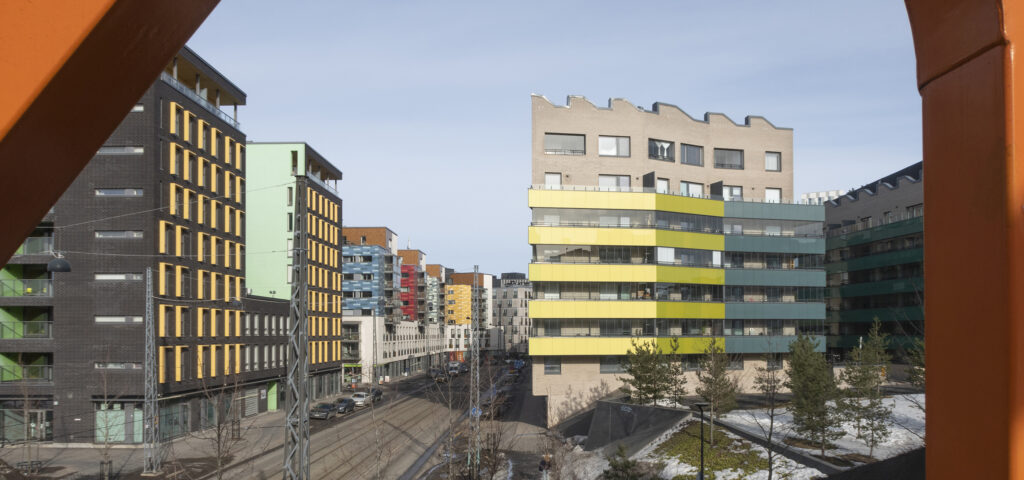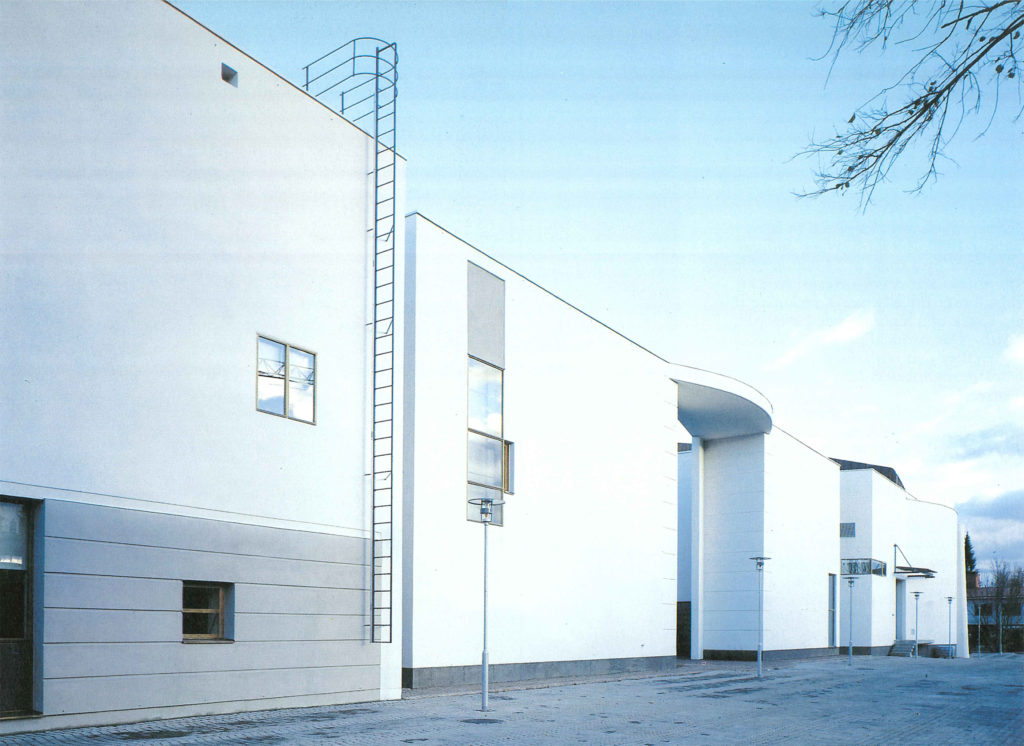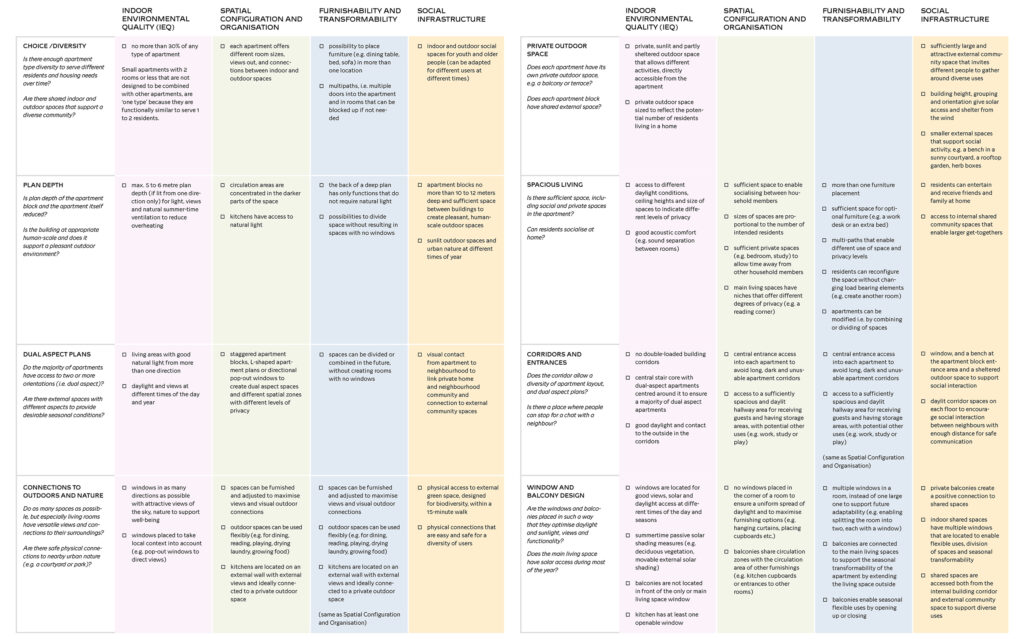Editorial 2/2022: Cycles of Remembering and Forgetting
It is the dream of every architectural researcher to discover a forgotten phenomenon, building or architect and bring it to public awareness. An established practice in Finland to indicate a site’s lack of appreciation is that they were not written about in their time on the pages of this journal. Browsing through volumes of past issues, it is easy to see that, for one reason or another, numerous landmark works have not been featured – for example, the Lastenlinna Hospital, Kouvola Swimming Hall and Järvenpää Church. Little attention has also been paid to the entire production of many talented architects and building typologies that have been central to the development of society, such as war veterans’ houses, nursing homes and health centres.
Behind the highlighting of “forgotten masterpieces” is often the idea that architectural values are somehow innate to all buildings, even if they were not recognised by contemporaries – including by the editor-in-chief of the Finnish Architectural Review at the time. Thus, a more enlightened posterity will have the opportunity to correct historical injustices by bringing these unrecognised values to light. In doing so, however, it is forgotten that values are always evolving through interactive processes involving the media, professional institutions and the users of buildings and urban spaces. The visibility offered by a professional publication alone does not make a building a classic, but it can certainly set in motion a process of generating appreciation. Similarly, a lack of media visibility may mean that no one notices or even considers the potential values a particular building possesses.
The visibility offered by a professional publication alone does not make a building a classic.
One of the best-known examples of architects ignored by the profession is Wivi Lönn, the first Finnish woman architect to establish an independent career. The 150th anniversary of her birth will be celebrated in May this year. Although Lönn managed to design an incredible number of schools and villas, as well as a fire station, kindergarten, and numerous other buildings before her 35th birthday, she was constantly confronted with the male power structures of architecture and the lack of appreciation it brought. This was also reflected in the operations of Arkitekten, the predecessor of this journal: it did not publish any of Lönn’s independently designed buildings and repeatedly faltered when presenting projects she had designed in collaboration with Armas Lindgren, a more established male architect and her good friend. For example, the editor-in-chief Sigurd Frosterus did not mention Lönn once when reviewing the newly completed New Student House in 1910 – his analysis indeed focused on the facades of the building, for which Lindgren had the main responsibility.
The case of Wivi Lönn also illustrates another set of values typical of architectural culture: the reputation of a well-known architect is often based on a handful of buildings designed within a relatively short period of time, most typically in the early stages of their career. Lönn’s extensive production is mainly remembered for her early Art Nouveau buildings in Tampere, although she herself seems to have appreciated the later classicist works more, the harmonious design language of which better reflected her personality. Later generations, however, have been unable to generate much enthusiasm for this professionally executed but somewhat predictable architecture.

The articles in this issue address the themes of appreciation, remembering, and forgetting from several different perspectives. Johanna Brummer and Heini-Emilia Saari analyse how gender, social background, established practices and power structures in the field of architecture affect the recognition that designers receive. Arvind Ramachandran writes about how to make minority voices better heard in architectural debates in the mainstream media. In their article, Iida Kalakoski and Riina Sirén reflect on the values of modest everyday building, and Ulla Engman discusses the stories about Aino Marsio-Aalto in light of recent books and documentaries.
The projects reviewed in this issue represent architecture designed for different user groups. A new building for music education has been built at the former Arabia ceramic factory. An apartment building in Jätkäsaari comprises homes for early childhood educators, teachers and students as well as ordinary families. A daycare centre in Kruunuvuorenranta represents the rapid increase in the use of massive wood construction in educational institutions. The City of Helsinki’s rental housing in Herttoniemi illustrates one of the paradoxes of today’s housing production: the production of social housing, as defined by norms and cost frameworks, allows for solutions that are considered unworkable in non-subsidized properties. Time will tell which of these buildings will be remembered as 2020 classics and which will fade into obscurity – or sometimes even reappear due to the efforts of future researchers. ↙
